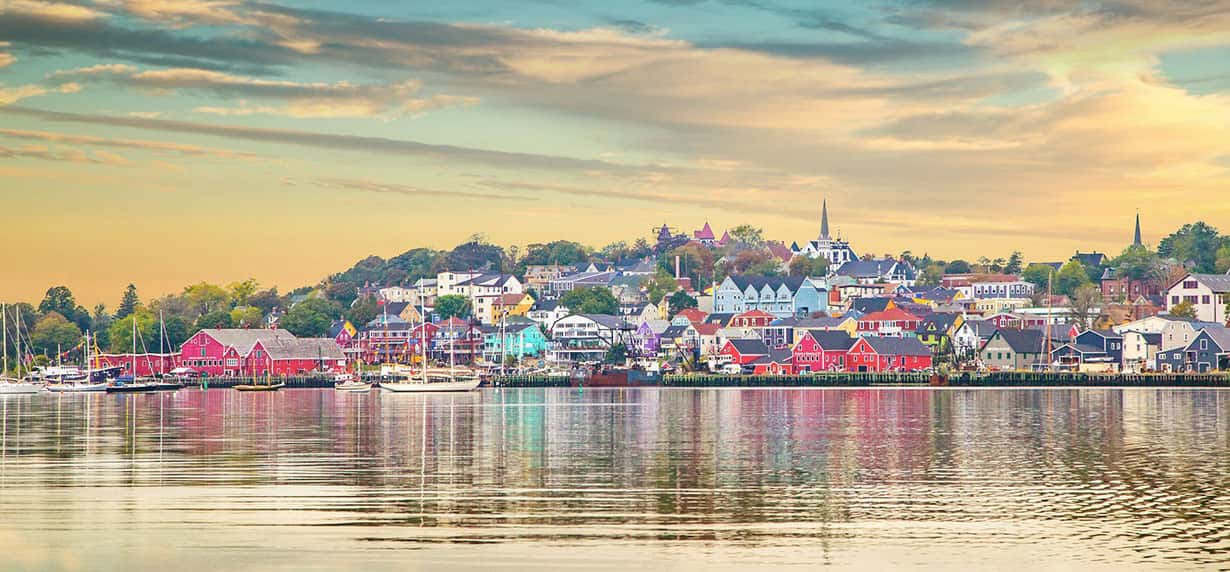Beginning of the main content.
Next tab will go to the map. Use this link to skip the station map.Indigenous Tourism Guide in Truro, Nova Scotia

If you want to make the most of an authentic Indigenous tourism experience in We'kwampekitk, in Truro, Nova Scotia, plan to listen more than you speak, to seek rather than just look, and come to understand, not just to learn.
With these principles in mind, you will truly be among friends and you'll leave Truro with both knowledge and wisdom (ask a local elder how these two concepts differ), as well as unforgettable memories.
Here's a little guide to preparing and enjoying your indigenous tourism experience in the region, including a few activities located not far from the Truro train station.
Overview of Indigenous Culture in Truro
If possible, it is always appreciated and a sign of respect to learn a little bit about where you are travelling and who you will visiting before you arrive.
The Mi'kmaq are the original peoples of Nova Scotia and are the predominant Indigenous group in Nova Scotia, although it is now also home to Inuit and Métis peoples. The Mi'kmaq called themselves L'nu'k, meaning "the people" and Mi'kmaq comes from their word nikmak, meaning "my kin-friends." You will find beautiful evidence of their culture and Ways throughout Nova Scotia, but we will focus on the We'kwampekitk which means “the bay runs far up.”
Here are some must-see indigenous landmarks and sites to visit.
The Millbrook Cultural and Heritage Centre
Located just over 7 kilometers southwest of the train station, the Millbrook Cultural and Heritage Centre has a multi-media presentation, and hands-on activities (these have to be booked ahead of time) to learn about the Mi’kmaq way of life. Visitors can view, and better yet, ask questions about artifacts that date back 7,500 years and can learn about Indigenous history and culture in the surrounding area from knowledgeable staff and Knowledge Keepers.
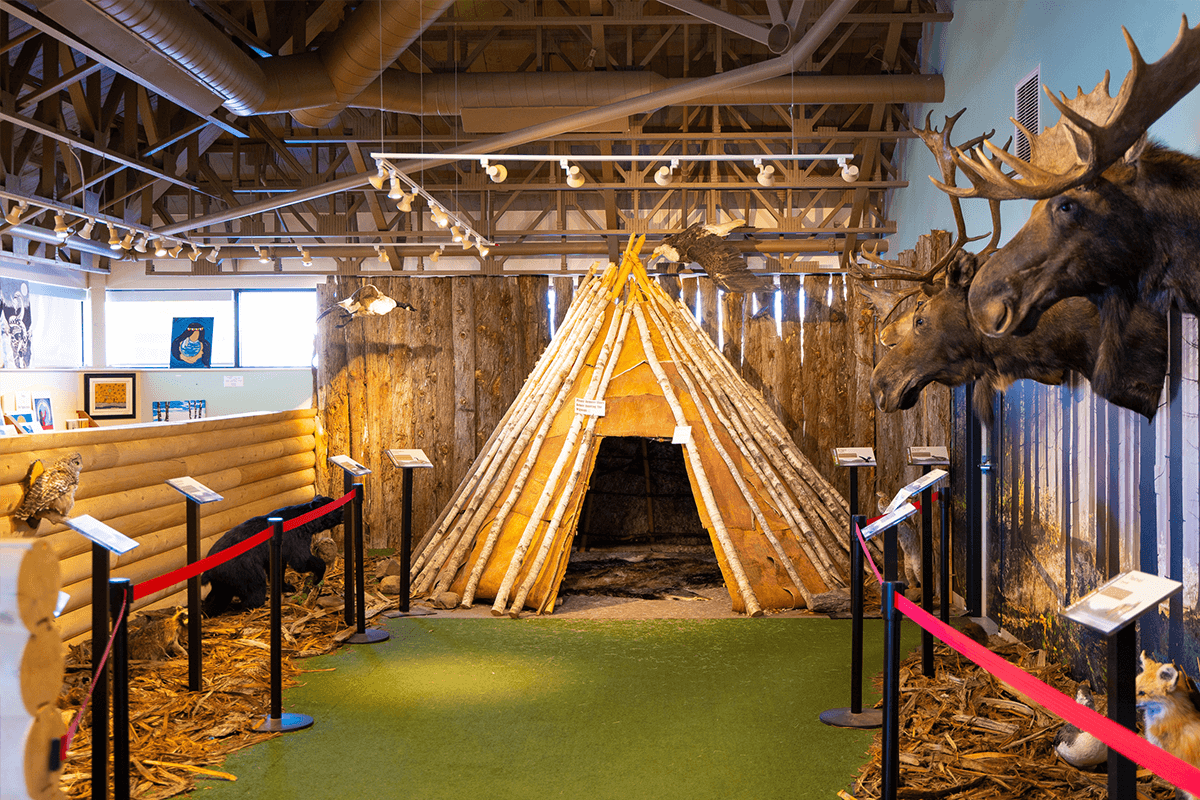
An absolute must-see at the centre is a display featuring repatriated Mi'kmaq regalia that was in Australia for more than 182 years before Heather Stevens, manager of the centre, travelled to Australia in 2023 with pipe carrier, Deanne Sack, to bring it home. You can not only see this spectacular regalia at the centre but can also find Heather there to share her personal stories of this very momentous journey that was more than a decade in the making.
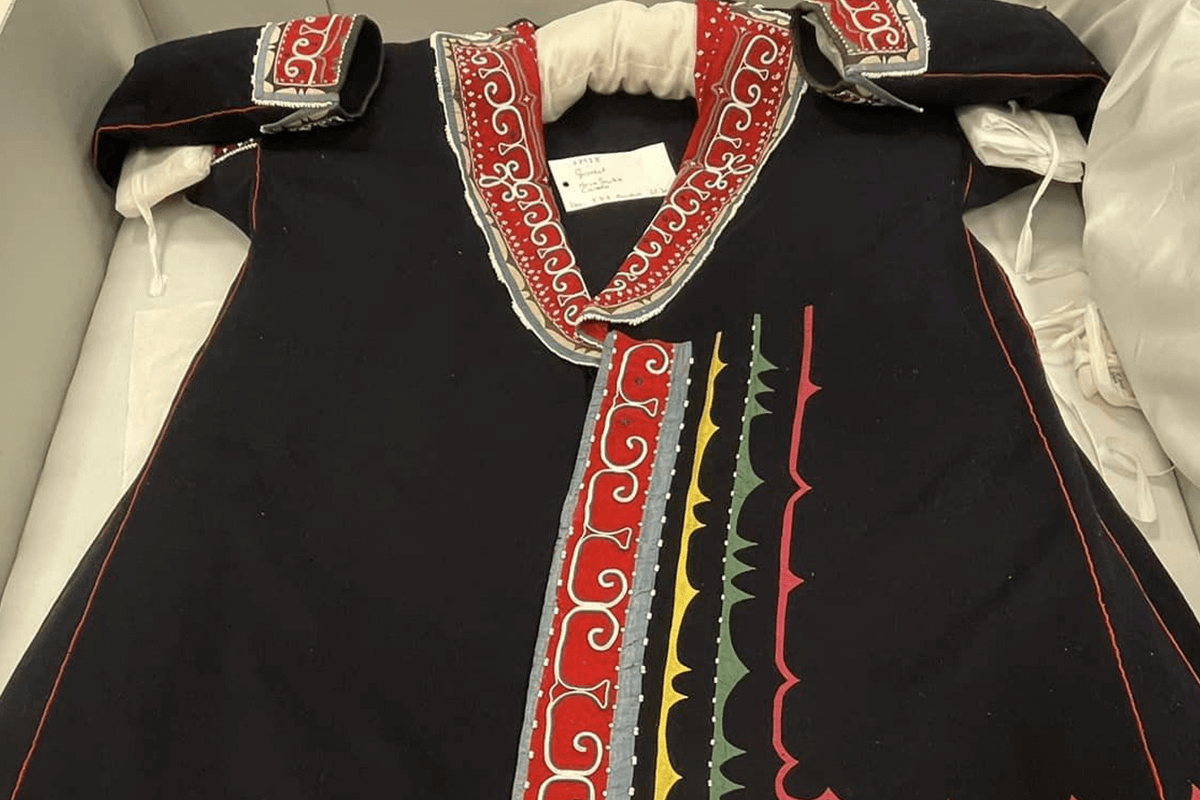
The centre also provides teachings and information on sacred sites to the north and south in the province, including the legendary Kluskap Cave, located along the north coast of Unama’ki, known as Cape Breton. The Kluskap Cave is among the most important places in Mi’kmaq culture and is the site where Kluskap became responsible for the creation of the landscape throughout Quebec, New Brunswick, Nova Scotia and Cape Breton Island.
There is also a reason why the Millbrook Cultural and Heritage Centre is now a stop on the Adventures by Disney tour. The learning and experiential opportunities are very plentiful and include:
- Journey Stones: The Mi’kmaq would use stones and rocks throughout history to tell stories and leave behind messages for those who would follow. Through this experience, you can better understand how the Mi’kmaq communicated before there was a written language and participate in a hands-on activity that will send you home with an unforgettable keepsake.r impérissable.
Talking sticks: These have been instrumental in keeping order and teaching Mi’kmaq respect for others. You may even participate in a program to create your own unique design.
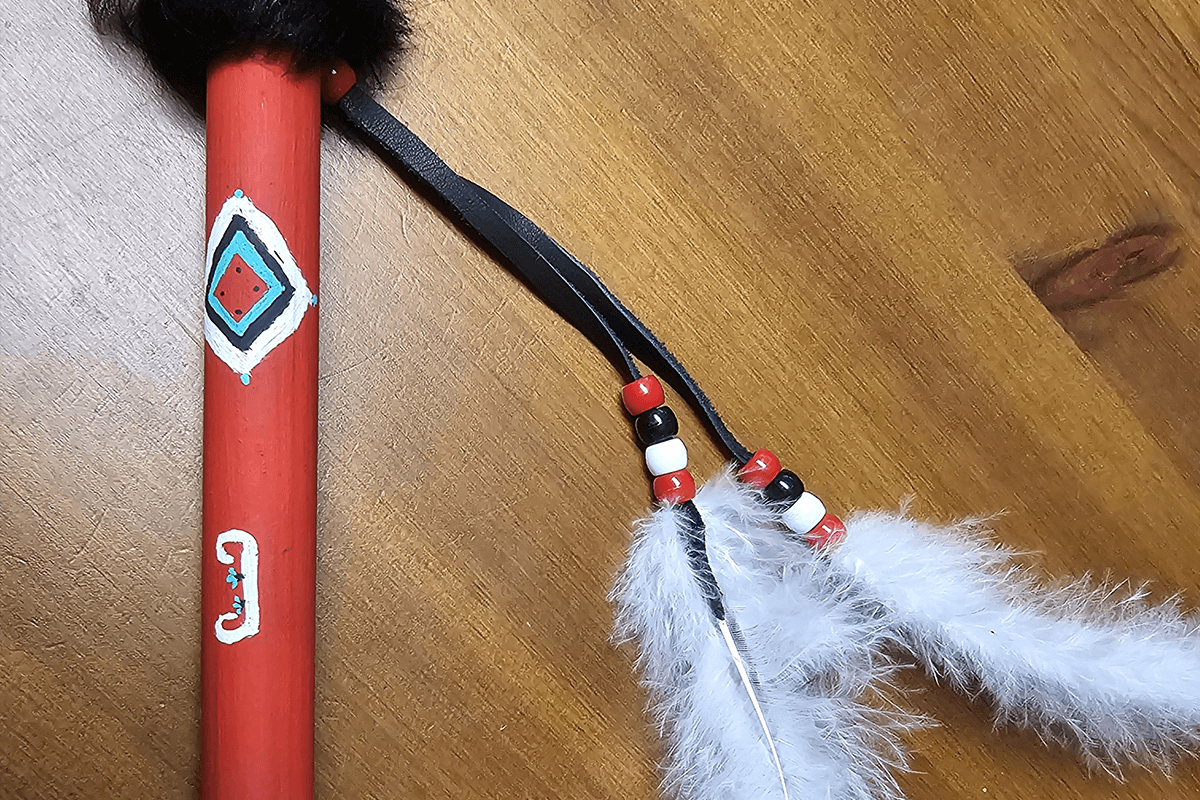
PC: Millbrook Cultural Centre Hand drum making: Learn about the preparation, teachings and after care of a hand drum. After your drum is finished, a drum song will be provided to honour the drums you created.
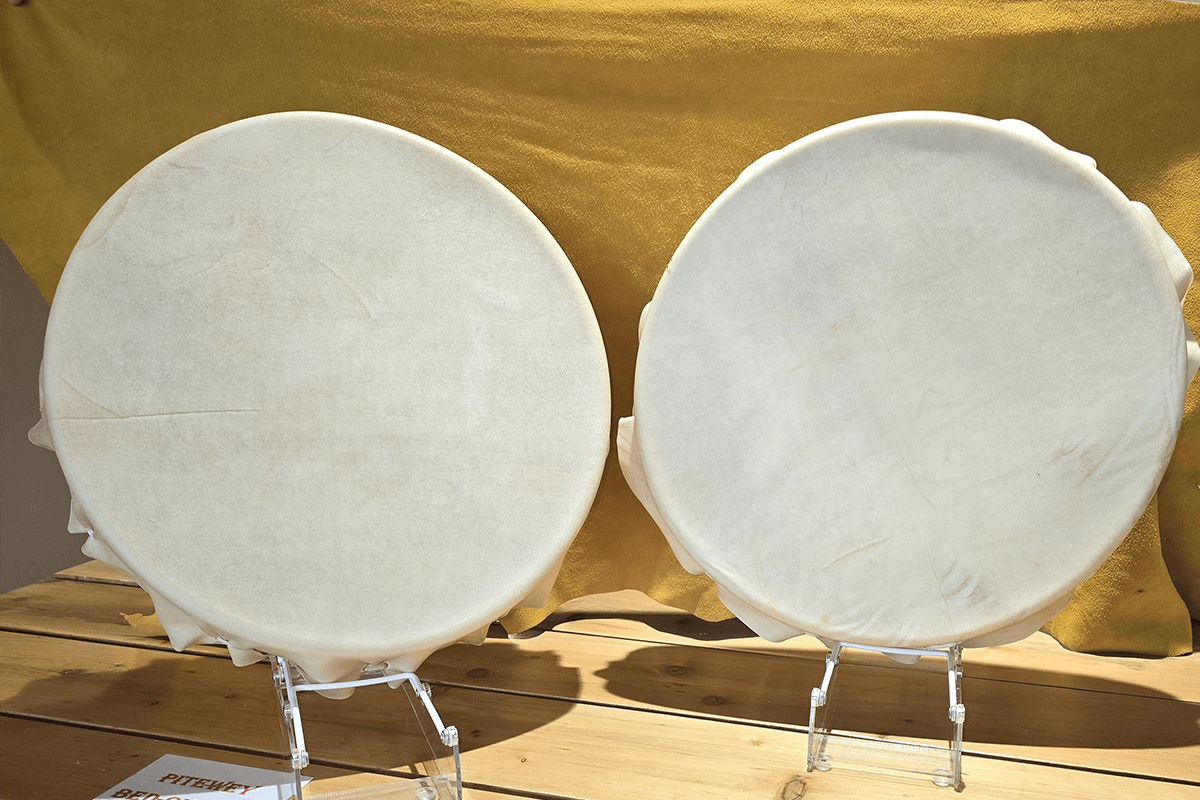
PC: Millbrook Cultural Centre - Waltes: Play a traditional Mi’kmaw game that involves dice and a wooden dish and has been making a big comeback in recent years and is an enticing mix of strategy and chance.
Debert’s archaeological sites
Another incredible opportunity to understand the deep history of the Indigenous cultures in the region is just a 15-minute drive from Truro train station. Existing for nearly 13,000 years in the Atlantic provinces, Debert's archaeological sites were used as seasonal camps for nomadic hunters representing the initial human settlement of Atlantic Canada.
The site is not open, however, the general public can explore the Mi’kmawey Debert Interpretive Trail. This illuminates the history of the Debert sites through explanatory panels and a walk through the wilderness. The 4.4-km trail is open to the public year-round and takes about 75 minutes to complete.
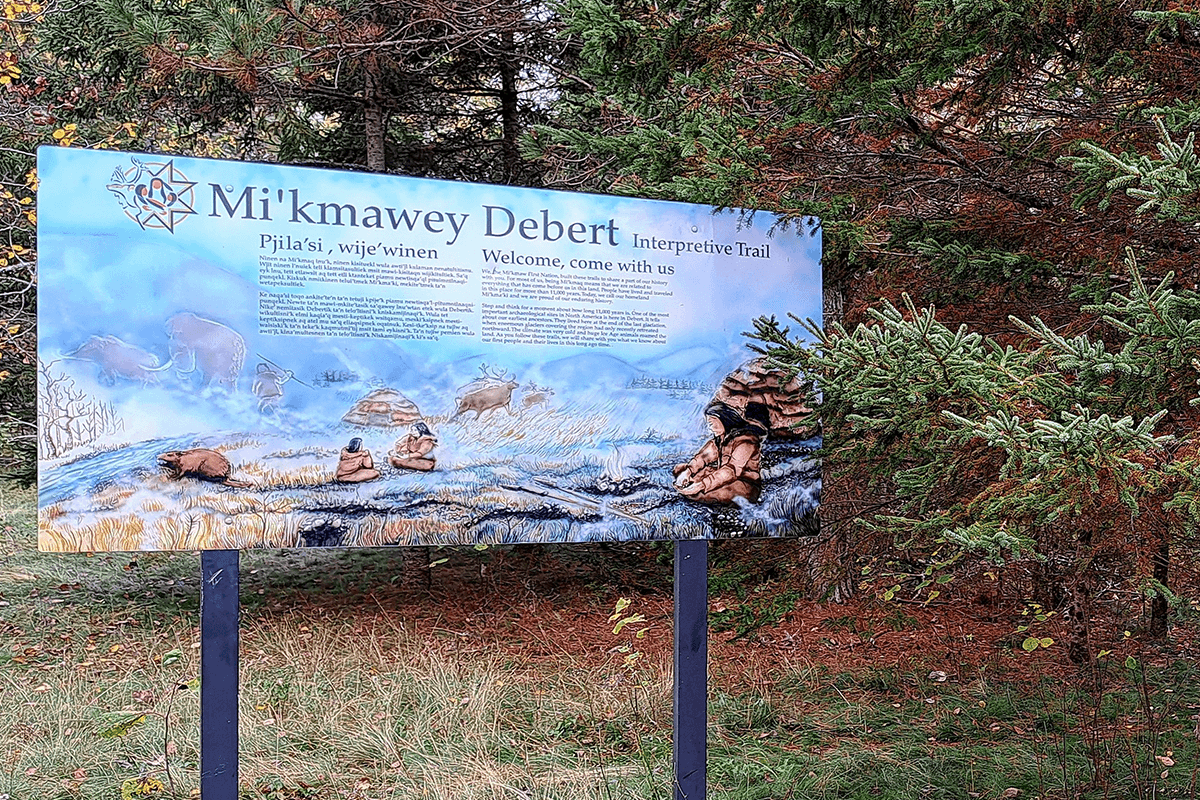
Places to discover Truro's indigenous artisans
The Millbrook Cultural and Heritage Centre gift shop is filled with Indigenous-created treasures from local artists as well as from across Turtle Island (North America). Art, clothing, toys, candles, medicines and moccasins can all be found here.
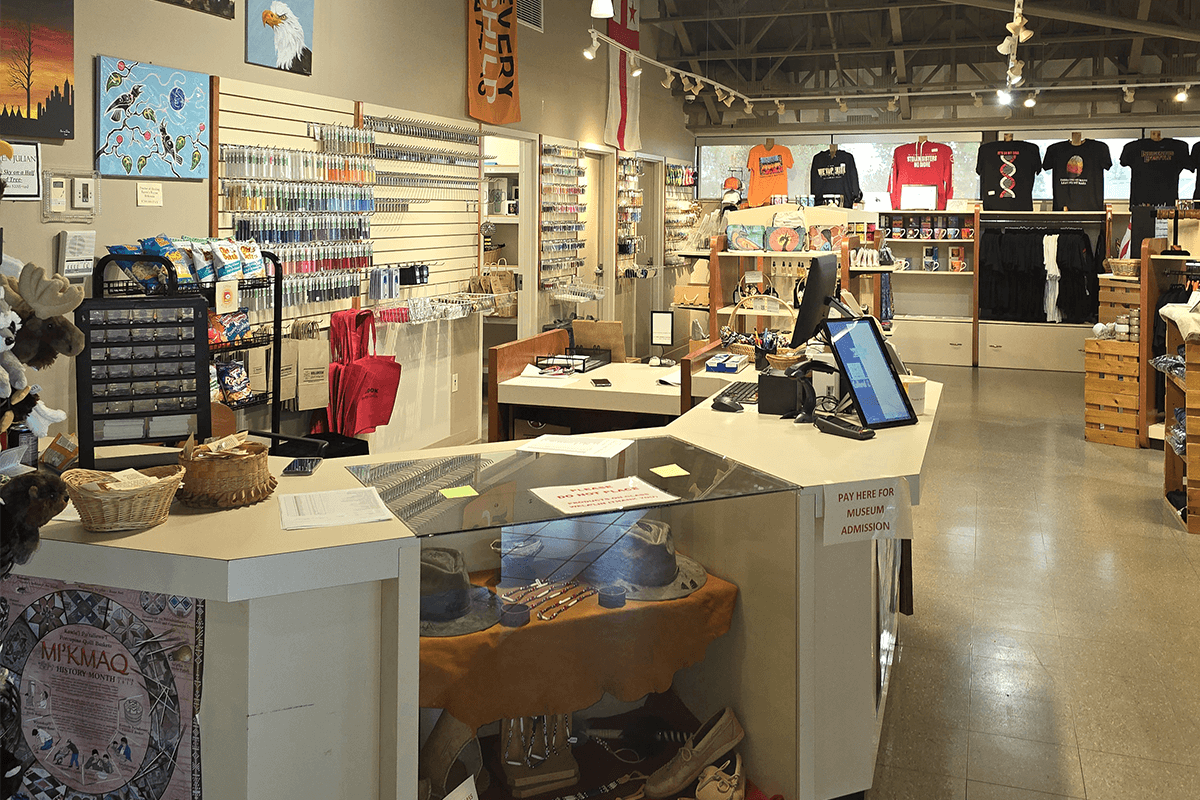
The Alan Syliboy Art Studio and the Alan Syliboy Performance Centre are also worth a visit, about 6 km from Truro train station. The art studio is open seven days a week and features original artwork, stunning hand-painted drums, prints, clothing showcasing his artwork, art cards, books written by the artist and vinyl and CD recordings by Alan Syliboy & The Thundermakers, the band he performs in.
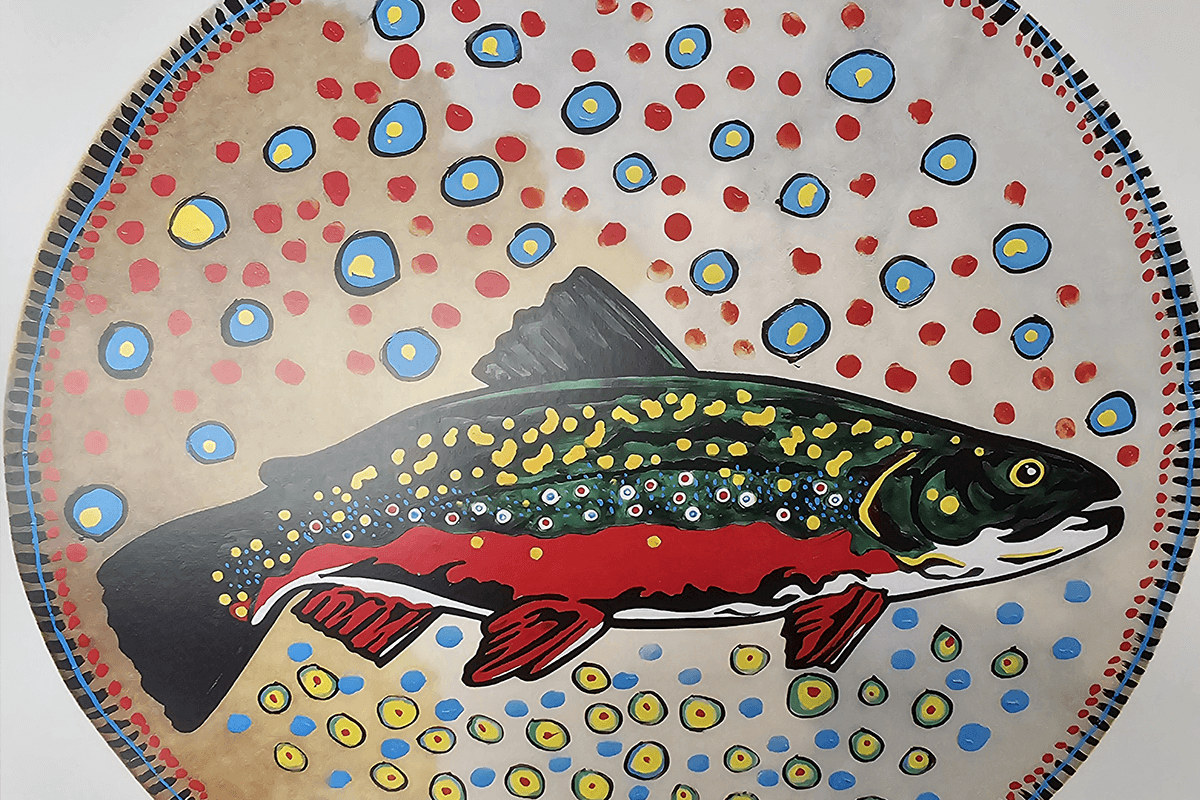
Another local and highly renowned Indigenous artist is Lorne Alexander Julien, a member of Millbrook First Nation. Stop by Dalhousie University’s Cox Institute of Agricultural Technology in Truro to view two of his bold and vibrant murals. What’s more, it’s just a 20-minute walk from the train station!
Events to experience indigenous culture in Truro
If you have not been to a Powwow, you are missing an incredible experience to feel the intensity and beauty of Indigenous culture and ceremony. Millbrook First Nation Powwow is hosted each August on the Nation, about 5 km away from the train station. Please note, it is important to honour the spirituality and integrity of a powwow, so never bring alcohol or drugs, respect regalia and be ready to experience an inclusive, immersive and deeply meaningful gathering.
If you happen to be in the region during National Indigenous Peoples Day on June 21, you can expect to find a series of local events, and check with the watch for Indigenous vendors at local markets throughout the summer.
For responsible and respectful indigenous tourism
Here are some tips on how to be an exemplary tourist during your stay in Truro:
- Be mindful that First Nations communities are each distinct and have their own customs and common terms do not apply to all communities. There are more than 630 First Nations communities in Canada representing over 50 Nations and 50 Indigenous languages. For example, a traditional Mi'kmaq dwellings is a wikuom, commonly known as a wigwam, and is not the same as a teepee.
- Show respect for Elders and Knowledge Keepers. Listen without judgement or interruptions. Be patient! If you aren’t, you might miss out on some invaluable wisdom you may never have the opportunity to receive again.
- Ask and don’t assume. “Can you please tell me what this is?”, “How is it used?”, “Is it okay if I touch this?”, “May I take photos?”… These are questions that will all be very appreciated!
- Do not let fear be a barrier. Awkwardness and embarrassment do not have to be part of the Indigenous tourism experience. Go and experience a beautiful and timeless culture and let your mind and your spirit be changed in wonderful ways. We all benefit. This is reconciliation expressed through tourism!
More ideas to inspire you
Visit the Nova Scotia website to discover other experiences and activities to do just off the train, in and around Truro!
Plan your trip
Find the best fares for your destination and let the train whisk you away.
Please wait while we fetch the best offers.
*Prices valid for either direction. One-way fare in Economy class, excluding sales taxes. The number of seats is limited.
Fares may vary based on selected day of week and time of departure. Check conditions for more information.
Lowest fare conditions
ROUTES :
Available on VIA’s network.
REFUNDS AND EXCHANGES :
Escape fare tickets are non-exchangeable and non-refundable. View our Fares and Conditions page for details.
SEAT AVAILABILITY :
The number of seats is limited.
Read more


Chef Martin Ruiz Salvador’s Top Ocean-Friendly Spots in Eastern Canada
Valerie Howes
5 minutes